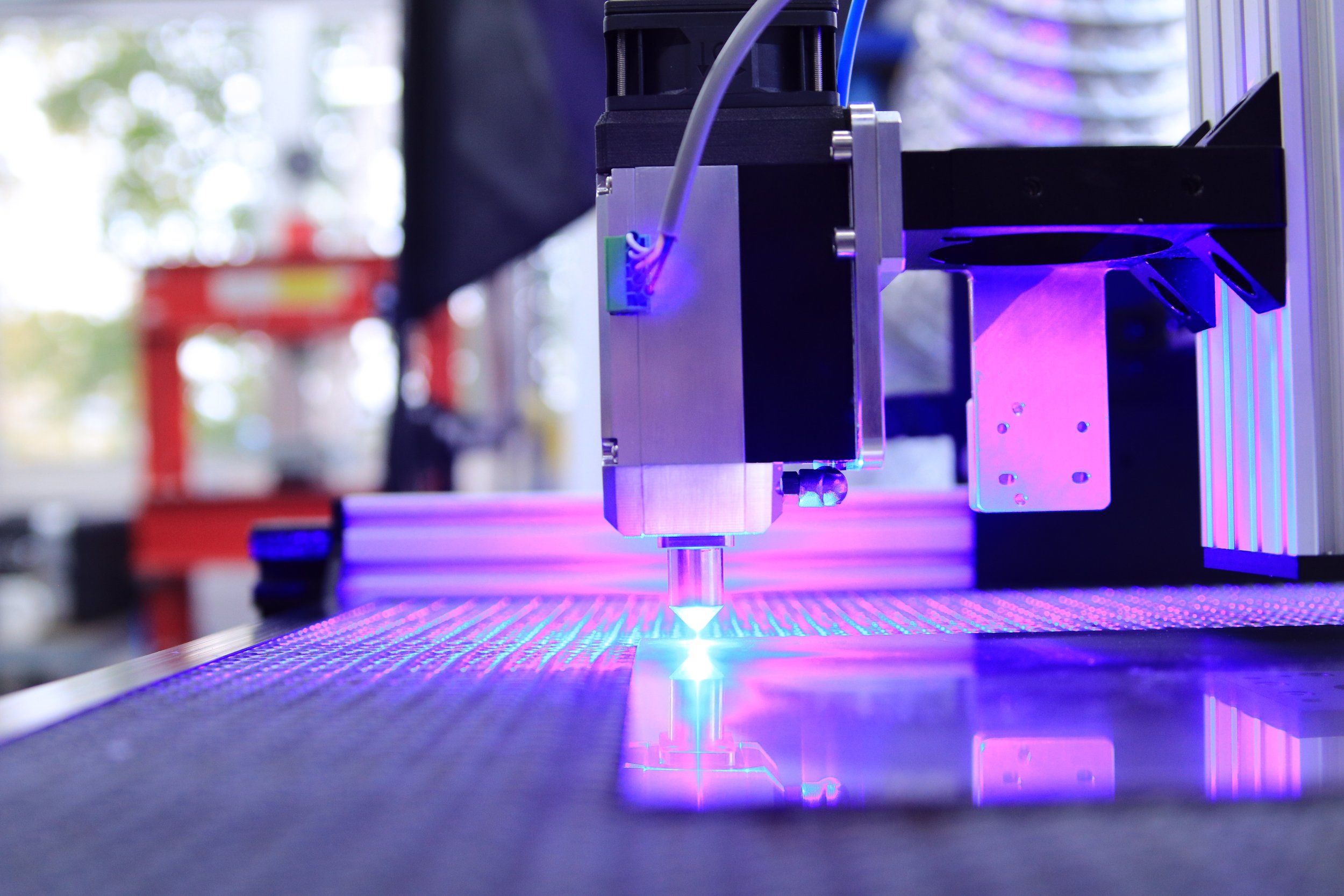How Is 3d Printing Affecting The Architecture Industry?
How exactly does 3D printing benefit architecture & design firms? What are the different applications of this advanced technology within the sector? We decided to look closer at the current adoption to understand why companies integrate 3D printing in architecture and how they manage it.
Several years ago, the architecture and design sector started experimenting with 3D printing technologies: in 2015, the largest 3D-printed architectural pavilion opened for Beijing Design Week. Today, additively manufactured structures are not much of a shock anymore. It has become common for innovative design & construction studios to own a desktop solution to create 3D models of their projects.
3D printing, also known as additive manufacturing, has significantly impacted the architecture industry in various ways, including:
Rapid Prototyping
Architects can use 3D printing to quickly create physical models of their designs, allowing them to test and refine their ideas more efficiently. With 3D printing, architects can produce accurate and detailed models in hours rather than the days or weeks required with traditional methods.
Customisation
3D printing technology has made producing customised building components to meet specific requirements easier. With 3D printing, architects can create complex shapes and designs that would be impossible to achieve using traditional manufacturing methods.
Cost Reduction
3D printing technology can help reduce material waste and production costs by producing only the required materials for the project. Additionally, 3D printing can help reduce the need for expensive molds, tools, and equipment.
Sustainability
3D printing technology can help reduce the environmental impact of the construction industry by using fewer materials and producing less waste. 3D printing can also help reduce transportation costs by allowing architects to produce building components on-site.
Innovation
3D printing technology has opened up new possibilities for architects to explore innovative designs and construction methods. With 3D printing, architects can experiment with different materials, shapes, and textures, creating unique and visually stunning designs.


